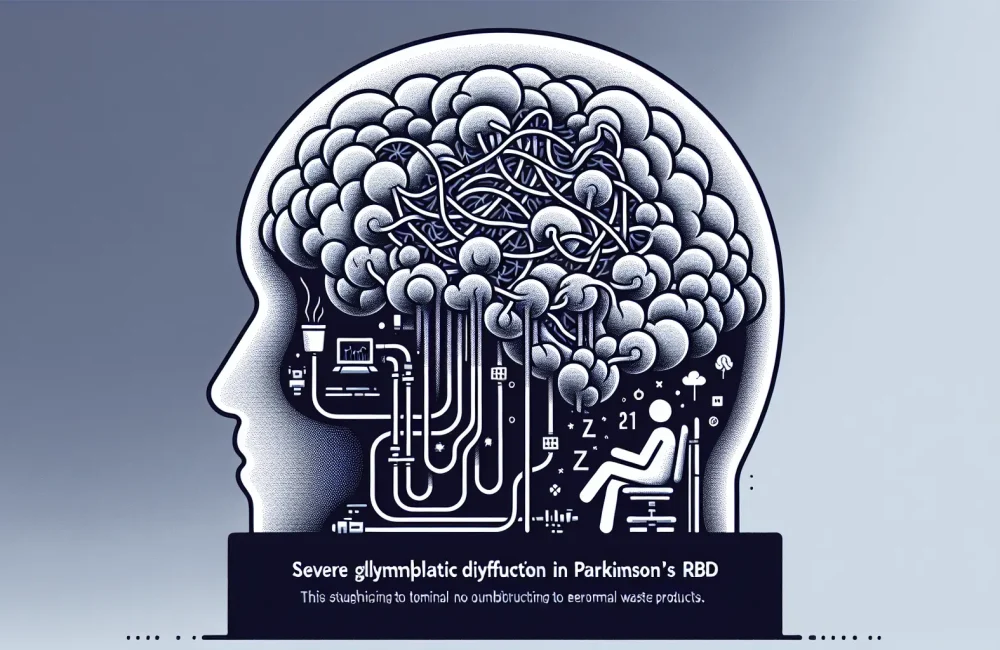By CAFMI AI From npj Parkinson’s Disease (Open Access)
Genetic Insights: UQCRC1 Variants and Parkinson’s Disease
Parkinson’s disease (PD) remains a complex neurodegenerative disorder prominently featuring motor symptomatology and dopaminergic neuron loss, primarily in the substantia nigra. While genetic contributions to PD have been increasingly recognized, the role of rare protein-truncating variants (PTVs) in novel genes continues to emerge within research. A recent large-scale genetic investigation focusing on over 500,000 individuals, including PD patients and controls, examined PTVs in the UQCRC1 gene, which encodes a critical component of mitochondrial respiratory chain complex III. Using whole-exome sequencing and precise burden testing, this study revealed a significant enrichment of UQCRC1 protein-truncating variants among PD patients compared to controls, signifying a clear genetic association. This finding stands out because it implicates rare, high-impact genetic mutations rather than more common variants typically identified in genome-wide association studies. For clinicians, this reinforces the paradigm that mitochondrial dysfunction—via impaired complex III activity caused by UQCRC1 variants—is likely a critical molecular pathway underpinning PD pathogenesis. Understanding this mechanism aids clinical awareness of genetic testing potential and furthers the rationale for exploring mitochondrial-targeted therapies as future interventions.
Clinical Implications: Mitochondrial Dysfunction and Patient Care
The study not only establishes a statistically robust association between UQCRC1 protein-truncating variants and Parkinson’s disease vulnerability but also offers key functional insights that bear clinical relevance. Cellular assays demonstrated that these PTVs diminish complex III activity, leading to reduced ATP production and an increase in oxidative stress within mitochondria—mechanisms that are considered central to neurodegeneration in PD. From a clinical standpoint, this mitochondrial deficiency could explain some of the progressive neuronal loss and motor symptoms characteristic of PD. Importantly, these molecular insights highlight potential targets for therapeutic intervention, including agents aimed at improving mitochondrial function or reducing oxidative damage. Additionally, the discovery of a novel genetic contributor to PD enables improved genetic counseling, diagnostic accuracy, and potentially refined patient stratification in clinical trials. For primary care providers and neurologists, recognizing the significance of such rare variants may influence decisions regarding genetic testing, surveillance for early PD signs in at-risk populations, and multidisciplinary approaches involving mitochondrial health management.
Future Directions: Research and Therapeutic Development
Building on the evidence linking UQCRC1 protein-truncating variants to Parkinson’s disease, future research efforts should focus on refining the molecular mechanisms by which mitochondrial complex III dysfunction contributes to neurodegeneration. Longitudinal studies involving patients carrying these variants could illuminate disease progression patterns and response to interventions. Moreover, drug discovery programs targeting mitochondrial bioenergetics and oxidative stress pathways could identify promising candidates for disease-modifying therapies. Gene therapy or precision medicine approaches aiming to correct or compensate for UQCRC1 loss-of-function mutations represent another exciting frontier. Collaborative efforts combining genetic data with clinical and biomarker analyses will be critical to translate these findings into improved patient outcomes and personalized medicine strategies for Parkinson’s disease.
Read The Original Publication Here






